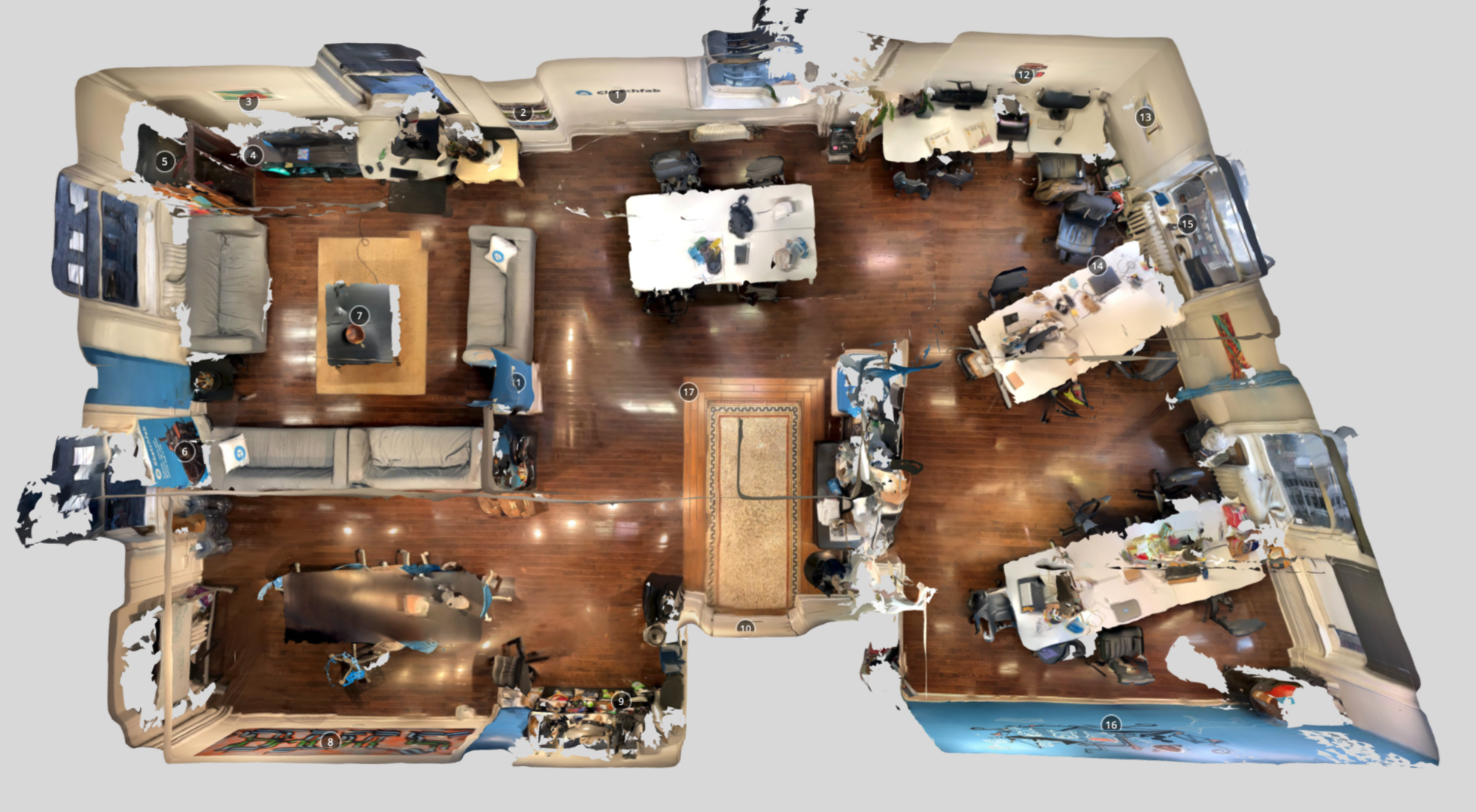Photogrammetry is the science of using photographs to measure and map the physical world. It involves taking overlapping photographs of an object or environment from different angles and using specialized software to convert them into 3D models or maps. Photogrammetry has many applications in various fields, including architecture, construction, archaeology, and engineering.
The process of photogrammetry begins with the capture of overlapping photographs of an object or environment. These photographs can be taken with any camera, from a professional-grade camera to a smartphone camera. The images are then imported into specialized software, which uses algorithms to align the images and create a 3D model or map.
LIDAR

Lidar (Light Detection and Ranging) is a remote sensing technology that uses laser pulses to measure distances to objects. Lidar cameras and scanners are used in photogrammetry to capture 3D point cloud data of an environment or object. These scanners emit laser pulses that bounce off objects and return to the scanner, providing accurate distance measurements. This information is used to create 3D models of the scanned area or object.
Lidar cameras and scanners are used in a variety of applications, from mapping forests and coastal zones to creating accurate 3D models of buildings and archaeological sites. They are also used in autonomous vehicles to detect and avoid obstacles in real-time. Lidar technology is especially useful in situations where accuracy and precision are critical.
POLYCAM 3D

Polycam 3D Scanner app is a powerful tool for creating 3D models using photogrammetry. It requires an iPhone or iPad with a high-quality camera, and it uses the device’s camera to capture images from multiple angles. The app’s features include automatic image alignment, color correction, and the ability to export 3D models in various formats.
One of the most impressive features of Polycam is its “Room Mode” feature.

The ‘Room Mode’ feature in Polycam 3D is designed to help users capture entire rooms in 3D using their smartphone cameras. This feature allows users to scan the entire room, including all its features and details, and generate a 3D model of the space. The ‘Room Mode’ feature uses advanced algorithms and computer vision techniques to accurately capture the entire space, including walls, floors, ceilings, and all the objects in the room.
To use the ‘Room Mode’ feature in Polycam 3D, users need to first download and install the app on their smartphones. The app is available on both iOS and Android platforms. Once the app is installed, users can select the ‘Room Mode’ feature from the app’s main menu. The app will then prompt the user to start scanning the room by moving their smartphone camera around the space.
The ‘Room Mode’ feature in Polycam 3D uses a combination of photogrammetry and SLAM (Simultaneous Localization and Mapping) technologies to capture the entire room. Photogrammetry involves using multiple photos taken from different angles to generate a 3D model of the space. SLAM, on the other hand, uses sensors and algorithms to map the environment and track the user’s movements in real-time. By combining these two technologies, the ‘Room Mode’ feature in Polycam 3D is able to create accurate and detailed 3D models of entire rooms.

One of the main benefits of the ‘Room Mode’ feature in Polycam 3D is its ability to capture entire spaces quickly and accurately. Traditional methods of 3D scanning involve using specialized equipment and taking multiple measurements of the space. This can be a time-consuming and expensive process. However, with Polycam 3D’s ‘Room Mode’ feature, users can capture entire rooms in just a few minutes using their smartphone cameras.
Another benefit of the ‘Room Mode’ feature in Polycam 3D is its ability to capture detailed and accurate 3D models of spaces. The app uses advanced computer vision techniques and algorithms to ensure that the 3D models generated are accurate and detailed. This makes the app ideal for architects, engineers, and designers who need precise 3D models of spaces for their projects.
The ‘Room Mode’ feature in Polycam 3D is also very easy to use. The app has a simple and intuitive interface that allows users to quickly and easily capture entire rooms in 3D. The app also provides real-time feedback on the scanning process, which helps users ensure that they are capturing the space accurately.
Polycam requires a device with an A11 Bionic chip or higher and iOS 13.0 or later to function. It is compatible with iPhone, iPad, and iPod touch. The app can be downloaded for free, but there are in-app purchases that provide additional features such as higher resolution exports and model repair tools.
iPhones are a popular choice for photogrammetry because they have high-quality cameras and are widely available. The cameras on newer iPhones have multiple lenses, which allows for more accurate image capture and better depth perception. Additionally, the iOS operating system is designed to work seamlessly with third-party apps like Polycam.
Another reason why iPhones are an excellent choice for photogrammetry is because of Polycam’s “Room Mode” feature. This feature is particularly useful for architecture and interior design applications because it allows users to quickly and easily create 3D models of entire rooms. With the powerful camera capabilities of newer iPhones, Polycam’s “Room Mode” feature can capture detailed 3D models of any room with ease.
In conclusion, photogrammetry, Lidar cameras and scanners, and Polycam 3D Scanner app are essential tools for creating accurate 3D models and maps of the physical world. Lidar cameras and scanners provide accurate distance measurements, while Polycam’s “Room Mode” feature enables the quick and easy creation of 3D models of entire rooms. iPhones are an excellent choice for photogrammetry, thanks to their high-quality cameras and compatibility with third-party apps like Polycam. The advancements in technology have made it easier and faster for professionals in various fields.


